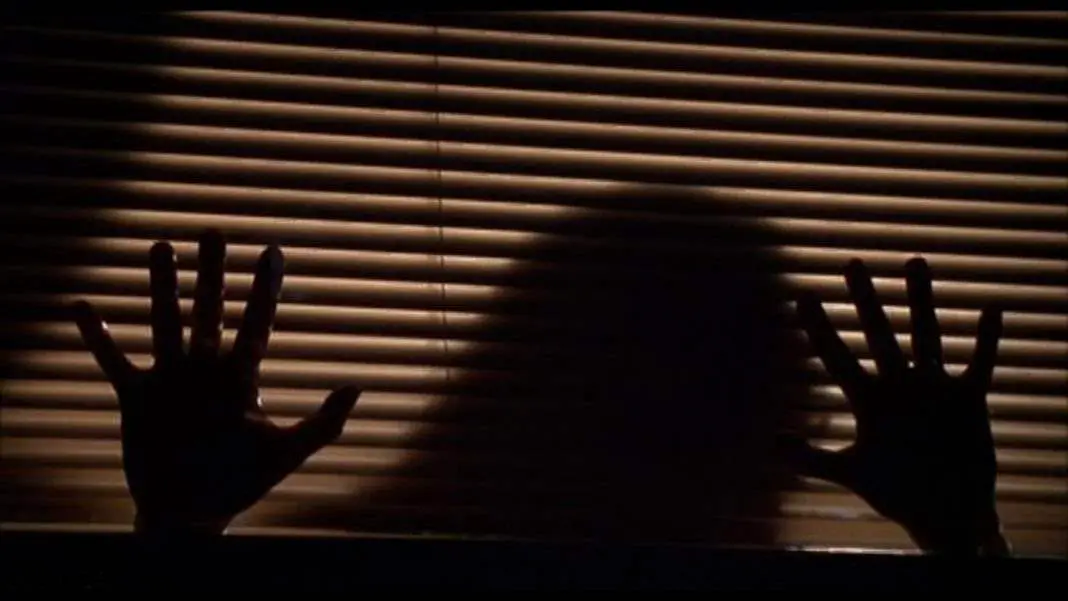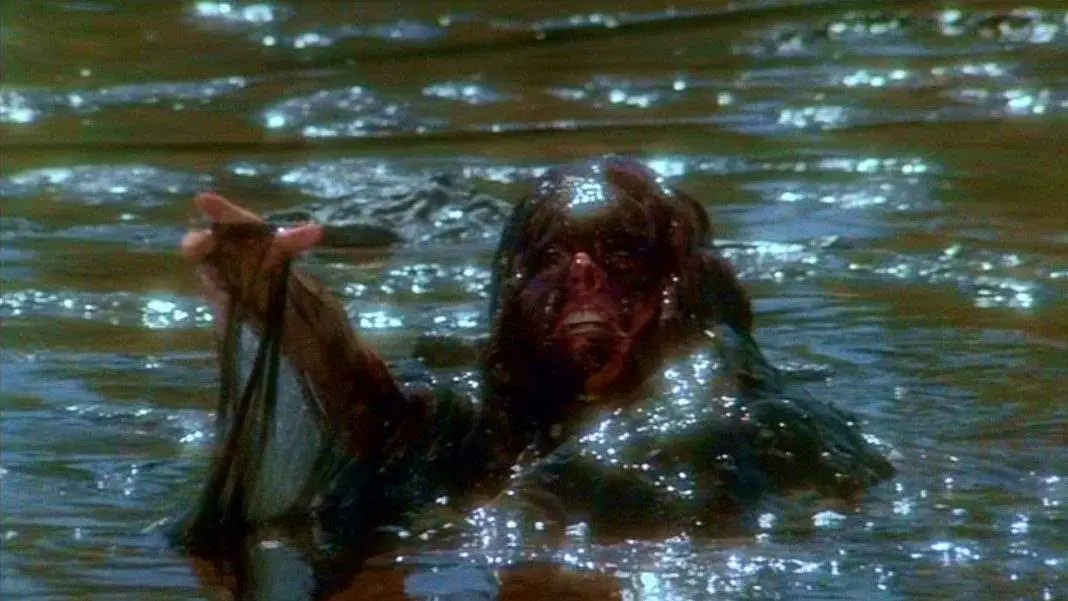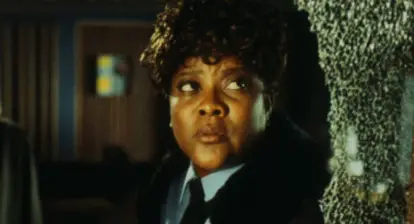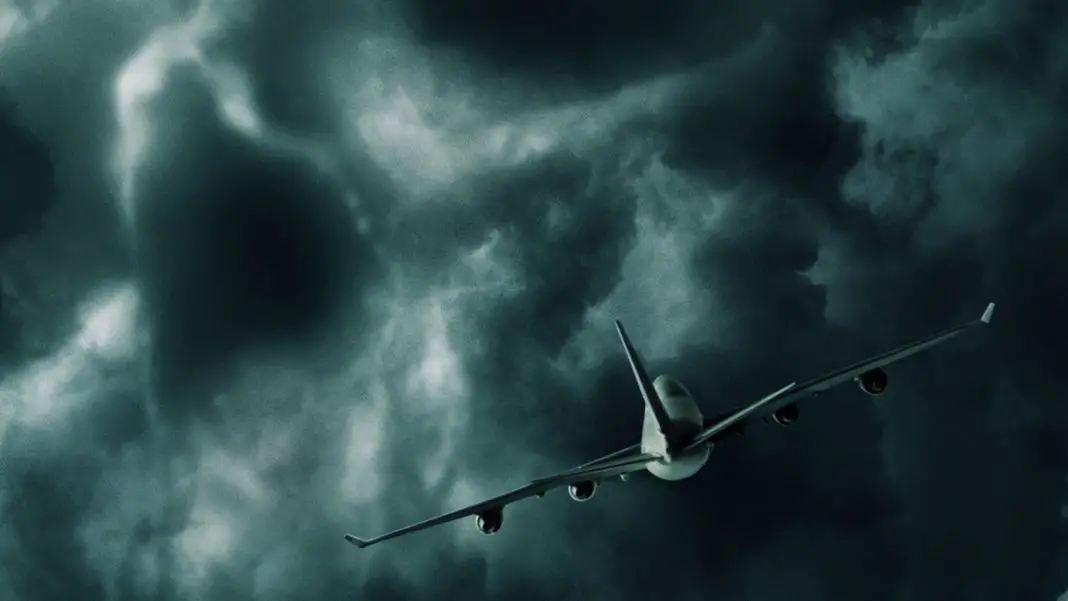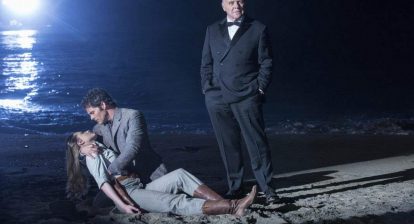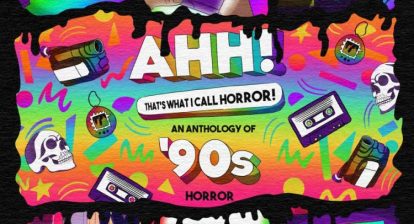The ‘80s is sort of remembered as the heyday of horror anthology films, giving us classics like Creepshow 1 & 2, Twilight Zone: The Movie, From a Whisper to a Scream, Cat’s Eye, and many more. But the ‘90s might actually be a better decade for anthologies. Even if it doesn’t have anything to rival Creepshow or Twilight Zone, the ‘90s delivered more consistently good anthologies, with standouts like Tales from the Hood being genuinely great. The thing about ‘90s anthologies, though, is that—like ‘90s horror in general—we tend to think of them less. That’s ultimately what holds up Campfire Tales. It’s one of many horror anthologies of its time, but even Body Bags has built up an audience whereas this one really hasn’t. That’s a shame, too, because it’s not only a strong anthology, it also features a huge cast of people who would go on to become famous almost immediately after it came out. Christine Taylor, James Marsden, Amy Smart, Angel’s Glen Quinn, Ron Livingston… it has a strong cast.
Anthologies in the ‘90s typically came in one of two forms: young adult and adult. We’d have gruesome efforts like Two Evil Eyes and Necronomicon, shows that dominated the market like Tales from the Crypt, but then we’d also have titles geared towards children like Are You Afraid of the Dark and Goosebumps. Looking at offerings from that landscape, Campfire Tales feels like the missing link. It really is the perfect balance between the two.
At times, Campfire Tales feels very much like an episode of Are You Afraid of the Dark. The wraparound sequences at the campfire are virtually identical. These could be those kids, just a few years older. Each segment is relatively low on gore, each one starts off kind of innocent and relatively tame before moving in a progressively darker direction. The other element that ties it into the cultural themes running through horror at the time is that Campfire Tales is deeply rooted in urban folklore. The fascination with urban legends was easily one of my favorite aspects of ‘90s horror.
Did You Know? Wicked Horror TV Has Classic and Independent Horror Films Available to Stream for Free!

“People Can Lick Too” is all about the dangers of the Internet. It’s just as direct and un-subtle in its approach as “The Hook,” and for that reason, it perfectly nails what it’s setting out to accomplish. But it’s also the story that might be best representative of the movie as a whole, given that it really does start out feeling like an episode of Are You Afraid of the Dark or Goosebumps. This one’s actually about a kid. And she’s a kid who’s instantly likable. She’s peppy and witty and smart, very Harriet the Spy. It takes no time to get the audience on her side.
But she’s also chatting online with someone who (for the viewer) is very quickly revealed to be a serial killer. Jonathan Fuller, the Castle Freak himself, plays this role fantastically without a single line of dialogue. We barely even get a glimpse of him, we just see him in his lair typing away—and that’s it. Just the act of watching this greasy-haired man in a darkened room typing on an old desktop is frightening enough. It’s literally a ‘90s parent’s worst nightmare.
 Nothing bad actually happens to her, either, that’s key to the success of the story. “The Hook” evolved into a gruesome story over time, but initially the bloody hook stuck in the car door was the only real scare—and that’s what Campfire Tales pays homage to. Urban legends tend to hinge on one scare, one punch line, that’s what “People Can Lick Too” does. The girl doesn’t have to die for the story to make its point.
Nothing bad actually happens to her, either, that’s key to the success of the story. “The Hook” evolved into a gruesome story over time, but initially the bloody hook stuck in the car door was the only real scare—and that’s what Campfire Tales pays homage to. Urban legends tend to hinge on one scare, one punch line, that’s what “People Can Lick Too” does. The girl doesn’t have to die for the story to make its point.
Campfire Tales hinges on the horror of what might happen. Each story establishes dread. There are deaths, to be sure, but they’re few and far between, especially when anthologies tend to be seen as the one place where you can really get away with killing all of the characters, because nobody expects a happy ending. The fan-favorite “The Raft” from Creepshow 2 leaves zero survivors and people still love it. The comparatively low body count of these segments are perfect for setting up the movie’s actual punch line.
Which is of course the reveal that every single person that’s been sitting here at the fire telling these stories is dead. They died when they were driven off the road at the beginning of the movie. They haven’t been sitting here passing the time until help comes along, they’re passing the time until they realize what has happened to them and are able to move on.
Is it hokey? Oh, absolutely. But Campfire Tales is primarily an adult retelling of the tales we told each other when we were just dipping our toes into the genre. That’s the area in which it works best. So much of this film feels like it was conceived by a child and that’s not a detriment at all. It’s all about going back to some of the most archetypal, in some ways primitive, horror stories and adding a distinctly ‘90s sensibility. It doesn’t work for everyone, but damn does it work for me.
